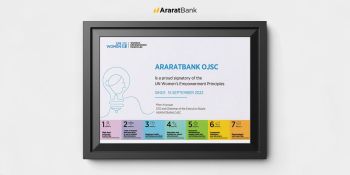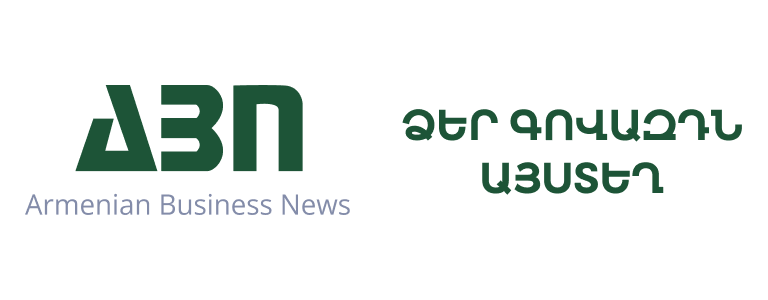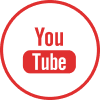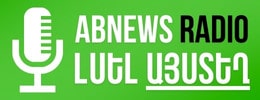How to work without fatigue, using the right areas of the brain
News |

Despite the spread of time management methods and productivity tools, many professionals and managers still end their day feeling mentally exhausted. It often seems that the cause is overwork, but in reality, it lies deeper — in how the brain’s functioning is organized.
The Hidden Consequences of Misusing the Brain
The human brain consists of different regions, each responsible for specific functions. When we try to perform multiple complex tasks simultaneously without considering which part we’re activating, certain brain centers start working in an overloaded state.
For example:
If you constantly check your emails or messages, the brain’s reactive area becomes active — the one designed for quick responses to threats.
Meanwhile, strategic thinking, analysis, and creativity require another type of processing — slower and more focused thinking.
When a person switches between these modes in the wrong order, the brain starts functioning inefficiently, losing energy and concentration.
How to “Train” the Brain to Work Properly
For the brain to work effectively, it’s essential to distinguish between two main modes:
Deep focus mode — when you are engaged in analysis, creative work, or decision-making.
Automatic mode — when performing technical or repetitive tasks, such as checking emails or organizing documents.
It’s important to allocate these modes properly throughout the day, starting with the most complex and mentally demanding tasks during the hours when the brain is freshest.
The Role of Rest and Recovery
Equally important for the brain is not only work but also recovery. Research shows that breaks, physical activity, and even short walks help restore the brain’s efficiency.
Remaining constantly immersed in information flows without pauses keeps the brain in a “fight or flight” mode, which over time leads to exhaustion.
Overload is not always the result of too much work. In many cases, it’s caused by the incorrect use of the brain’s resources. By learning to distinguish and properly manage focus and reaction modes, one can not only increase productivity but also significantly reduce fatigue.
Work efficiency begins not with tools, but with the awareness of how to use your brain correctly.
The article is based on the analysis of the Harvard Business Review
*The article was also prepared using data from AI․
Follow us in social networks
-

2026 Business Trends: From AI Acceleration to Evolving Customer Behavior
2025/12/06/ 18:06 -

Why Money Has a Psychological Impact on Us: How to Avoid Losing Your Sense of Self
2025/12/05/ 19:00 -

AraratBank Participates in “Women’s Empowerment Principles in Armenia” Conference
2025/12/05/ 18:07 -

How to Free Yourself From Overthinking and Make Confident Choices Every Time
2025/12/04/ 19:00 -

Acba bank and France’s Proparco to continue strengthening their long-term strategic partnership
2025/12/04/ 14:24 -

The power of Armenian nature, the secret of your beauty.
2025/12/04/ 10:44 -

How the People Who Truly Earn Big Money Think Introduction
2025/12/03/ 19:00 -

€500,000 Investment for Circular Economy Development in Armenia
2025/12/03/ 16:21 -

AraratBank Joins Armenia's New Greening Initiative: 100 Hectares of New Forest within Three Years
2025/12/03/ 12:36 -

Unauthorized artificial-intelligence bots are rapidly spreading within the Armenian crypto community.
2025/12/02/ 16:16
 Subscribe
Subscribe







